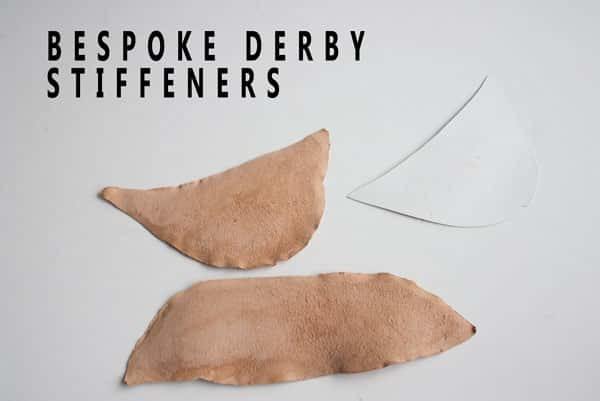Traditional shoes are made to give extra support and protection, using stiff materials inside to keep their shape, last longer, and support the foot's arch. These stiffeners are located in the front part, known as toe puffs, and in the back part, referred to as counters.
On the other hand, barefoot shoes do away with these stiff materials, opting for a simpler design that supports the foot's natural movements. Without these stiffeners, barefoot shoes help you walk more naturally, letting your feet flex more, use their muscles better, and feel the ground beneath them. This highlights a move towards shoes that enhance the foot's innate strength and flexibility.

Addressing Skepticism and Common Misconceptions
Skepticism towards barefoot shoes often revolves around doubts regarding their support and protection levels. Currently, there's limited concrete evidence on the advantages of wearing shoes without stiffeners, making it a personal choice to opt for this type of footwear. However, the benefits discussed in this post reflect the experiences of numerous individuals who have transitioned to wearing barefoot shoes, offering a collective insight into their positive impact.
Benefits of Flexibility in Footwear Design
Flexibility in footwear supports the foot's natural movement, enhancing proprioception, or the sense of how one's body moves in space. By allowing the foot to flex and splay naturally, flexible designs encourage stronger foot muscles and a more adaptive gait, potentially reducing injury risk and improving balance.

Prons and cons
The minimalist design of barefoot shoes, lacking the stiffeners found in traditional footwear, supports a more natural function of the foot. Traditional shoes often require an adaptation period to become comfortable due to stiffeners like heel counters and toe puffs, which can initially cause discomfort or restrict toes.
Over time, these shoes may mold to the shape of your feet, a process that can take weeks. Barefoot shoes, free from such rigid components, offer an immediate, glove-like fit, ensuring comfort from the first wear without the need for a break-in period.

Conversely, although traditional footwear maintains its shape well due to its stiffness, many barefoot shoes, particularly those that are DIY, can have loose sides and appear worn, even when brand-new.

To avoid this, learning how to make shoes professionally is essential to creating visually appealing and cozy barefoot shoes. Our Barefoot Shoes Course aims to provide you with the specific information required to accomplish this. You will learn several key shoemaking and designing skills in this course, which will help you to create high-quality barefoot shoes.
During the course, we'll guide you through designing uppers that maintain their shape without the need for stiff materials. For a deeper dive into this critical feature, feel free to explore our detailed post.
You'll also learn strategies for preserving the toe and back shape of the shoe without internal stiffeners, ensuring your creations don't have a loose or prematurely worn look.

This extensive course gives you all the tools you need to create well-made, long-lasting barefoot shoes:
In this course, you'll master:
-Crafting shoes that not only embody barefoot footwear principles with a wide toe box but also mirror the distinct shape of your feet by customizing the toe shape of a standard shoe last.
-Transforming a standard shoe last with a specific heel height into a zero-drop heel shoe last.
-Developing a thin and flexible shoe sole, sidestepping the need for rigid insoles, which are traditional but unnecessary in barefoot shoes.

-Creating shoes without internal stiffeners to achieve lightweight and flexible barefoot shoes.
-Applying design skills acquired in the course to produce comfortable barefoot shoes that avoid the typical loose appearance. You'll learn to incorporate soft inner elements and utilize elastic bands to perfectly accommodate your feet's volume, ensuring flexibility and supreme comfort.
-Throughout the course, you will learn these unique shoemaking techniques, enabling you to craft your own barefoot shoes using minimal tools and materials

